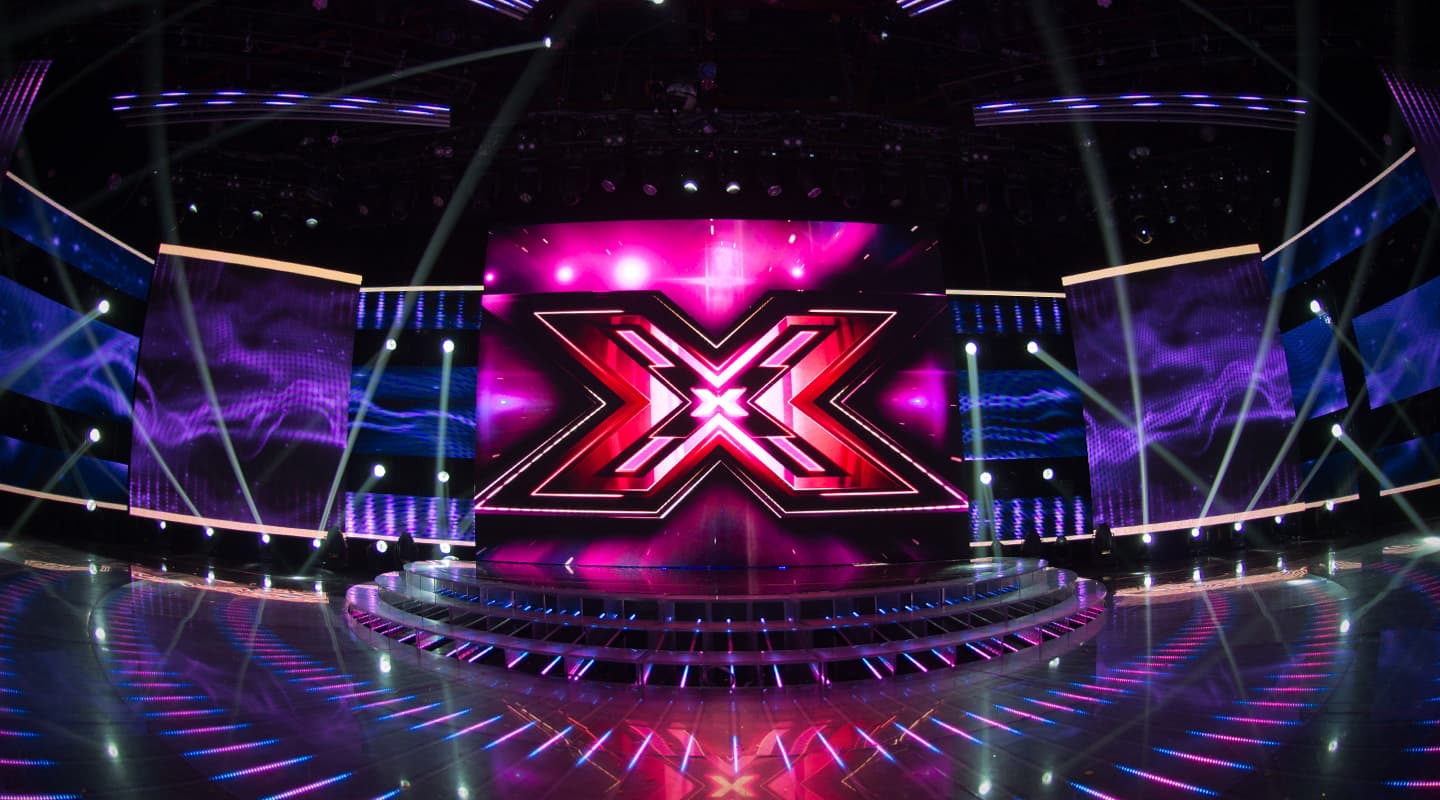
Battle of The Brands
Do Australia’s Chinese LED panels stack up against big name competitors? AV reports from the X Factor set.
Text:/ Paul Collison
The VuePix range of LED panels developed by Australian visual technology company ULA Group are becoming increasingly prominent on the Australasian production scene. It is a brand that has grown up very quickly and now competes with more established names such as Barco and Lighthouse. With almost 600 panels encompassing the entire studio on the current season of X Factor Australia, I figured it was about time to have a closer look.
It was 2006 when ULA saw an emerging market in LED display technology and took steps to enter the fray. Initially the company went into partnership with one of the many OEM LED manufacturers in mainland China to bring a suitable, affordable LED display product to Australia. It soon became apparent the arrangement was not ideal. Consequently a local partnership was formed that allowed ULA and friends to establish their own manufacturing hub in mainland China with more efficient manufacturing processes and increased quality control. It also sped up development and meant greater control over the design, development and growth of its products.
The functional aspects of the panels were just as important as the bottom line, according to ULA’s John Buchanan. “It was the P18 VuePix product that really got things going for us,” he says. “Being a mesh type product, it meant that LDs could put lights behind the screen and use it as a scenic element as well as a display element. It was quick to set up, lightweight and of course, very cost effective. It created a good solid foundation for future VuePix products.”
STAR QUALITIES
It’s a long way from the P-18 to the new range of 12mm E Series that surrounds the X Factor studio. Although labeled an outdoor product, the E series is equally at home indoors and with a panel size of 400 x 800mm, it is incredibly quick to install. With two locking mechanisms per side and a single fly lead system for power and data conections, an average size wall can be built and configured very quickly.
The panels have a dry weight of only 6.5kg each and a transparency of roughly 35 per cent, which significantly reduces the wind signature of a large screen in outdoor use and makes the E-12 ideal for festivals and other large-scale events.
Mesh type screens have become popular with LDs around the world as they allow the placement of lighting fixtures behind them – there are some great effects to be had with walls of blinders and moving lights behind a screen, for instance. The other benefit of this type of screen is their weight. To keep the look clean and uncluttered, the panels that surround the X Factor audience are discreetly suspended below the main overhead truss by 3mm steel cables. Fortunately, the panels maintain their own rigidity without the need for ugly header bars, which can add excess weight. You would struggle to find a similar product that could be hung the same way.
An outstanding aspect of the E Series is its ability to create concave and convex curves. With 7.5° and 15° options, a seamless curve or 360° surface is possible. In fact, a curved surface freestanding on a stage requires no more rigging than the panels themselves, making the E12 ideal for corporate or theatrical productions.
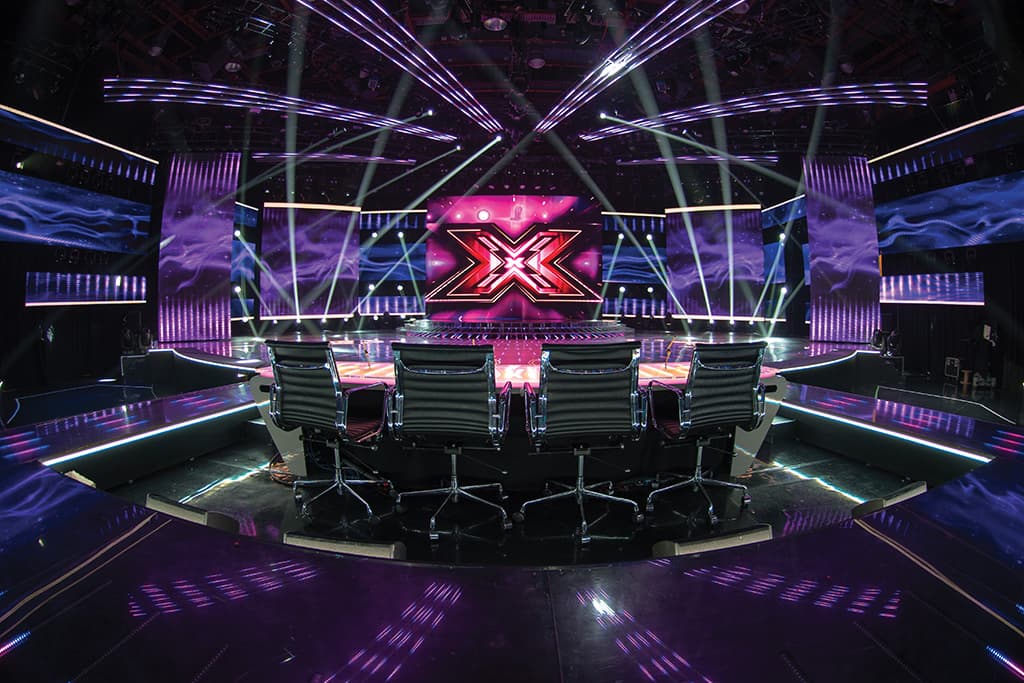
MAGNETIC APPEAL
Another VuePix product that populates the X Factor set, although on a smaller scale, is the new DigiFlex. Designed as a modular solution for off-the-wall applications, the DigiFlex is right at home in the front portion of the judges’ desk. It is freely flexible in both convex and concave uses, and slots in anywhere with a panel size of just 320mm x 160mm, with a 10mm pitch. If you’re struggling for mounting options on a tricky set piece, these are the guys you want to use.
Rather than relying on heavy mounting bracket options, each DigiFlex panel has magnetic points along the top and bottom. The X Factor judges’ desk is new for 2012 and lighting designer Ian Anderson recommended the DigiFlex after using it on The Price Is Right.
“The DigiFlex is not your average plug and play product,” Anderson says. “It is great for these applications where a normal LED panel just wouldn’t work. The panels are tiny so you can really pay fine attention to detail when it comes to mounting. The fact it bends so easily means you can work it in to just about any situation.”
The DigiFlex is never going to win an award for its video quality but, even though it’s shot slightly off-axis on the X Factor, it maintains reasonable colour rendering and has enhanced the desk as an integral set piece.
Of course a LED display is useless without a LED processor. This device takes vision input and converts it into RGB values to distribute to the panels. I’ve never met one of these that I’ve liked; they’re usually unintuitive and poorly designed with menus that don’t make sense and hidden buttons that generally are the ones you need. Nor have I met a person who really knows how to use one, which is surprising given that almost 80 per cent of the LED screens made in China have the exact same processor.
A BRIGHT FUTURE
The new VuePix T7e processors we are using to drive all the 12mm VuePix E Series on the X Factor set aren’t a complete exception to that rule, but they come close. For a start, the units are actually rack mountable, and ULA has taken a new design step with just two buttons on the front panel: brightness up and brightness down. Suddenly, these are my favorite processor. I can glance at the rack and know if our 10 or so outputs of VuePix are at the right brightness and anyone, even me, can change the brightness with ease.
The rest of the configuration is done through third party software on a PC. The interface is similar to other systems but less fragile for the end user. There are two different areas of the configuration software: one for configuring the wall only, and another where more in depth work can be done – here you can access refresh rates, grey scale and brightness values. Both of these have their own passwords for protection. The software for this system can also ‘talk’ directly to the wall from the host PC’s own gigabit Ethernet port.
I like that the LED technician can sit centrally and talk to every processor in the system and balance the screen elements. The only disappointment is that the processors only take a DVI signal. This means in a professional broadcast environment, you have to convert the SDI back down to DVI to get vision through to a display. That’s not too much of a problem, except that every additional device in the line brings with it unwanted latency.
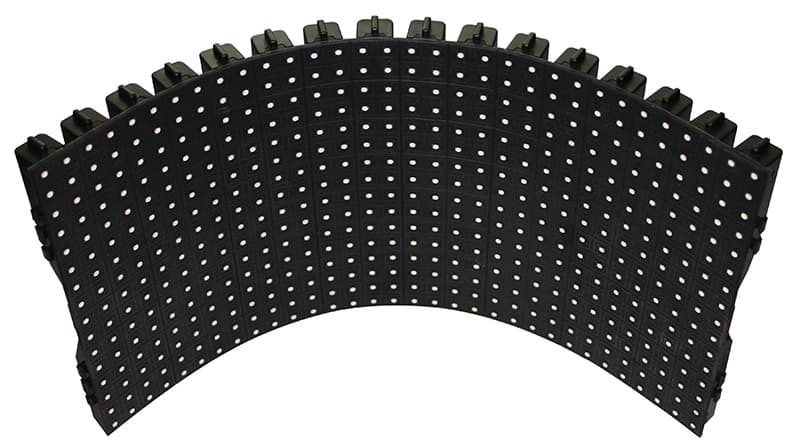
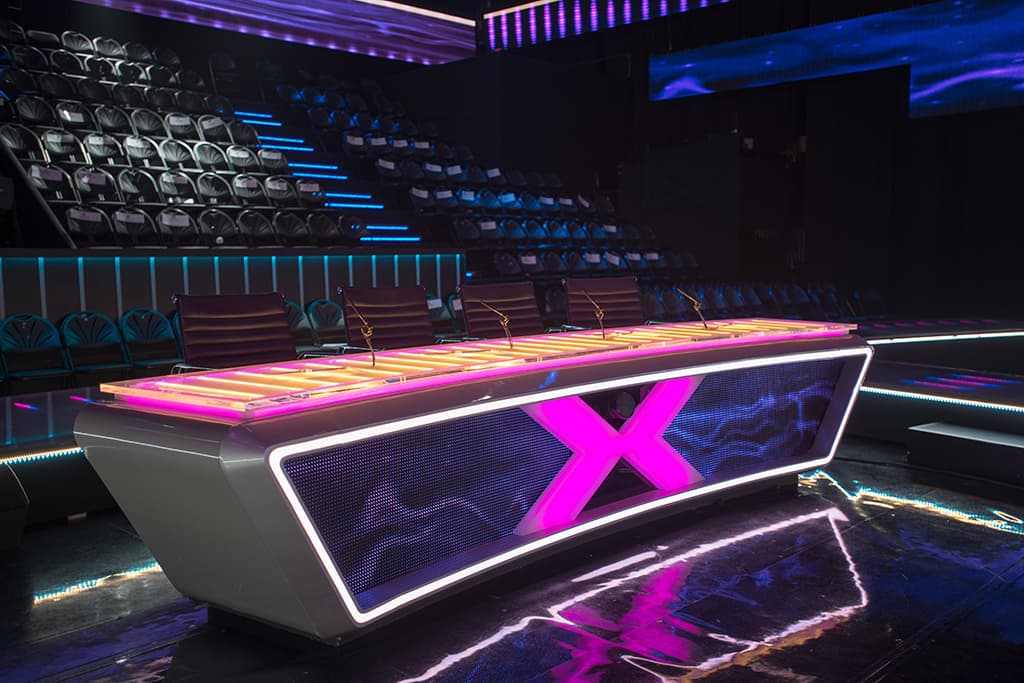
HEAD TO HEAD
So how does the overall product compare to the big name brands? Well, that’s an interesting question. On the X Factor set there are a collection of Barco and VuePix products. We’ve found that matching colours across the three types of VuePix products to be very accurate. In fact, there has been more trouble persuading the different Barco products to balance to each other than the VuePix. As the VuePix seems more malleable in terms of colour balance than the Barco, we’ve actually had the VuePix panels doing the hard work of matching to the less-adjustable Barco products. Ultimately the Barco product is probably better in overall picture quality, but the VuePix isn’t too far behind. And while the Barco products have always done some funny off-axis colour-shifting, be it vertical or horizontal, the VuePix does seem to hold together slightly better off-axis.
All LED screens suffer at the lower end of their brightness scale and here the VuePix is no different. X Factor is shot under relatively low light levels, which means the screens are often run at extremely low levels. They can border on losing their integrity but this is treacherous path we travel often to be able to find that sweet spot that makes a scene.
ULA has come a long way with its VuePix range. The brand has become strong both locally – there isn’t one large profile show on Australian television lately that hasn’t used VuePix at some point – and overseas. And the story doesn’t stop here. There is a true 3mm pitch panel in the works, offering just about the smallest pitch available, as most panels purporting to be 3mm are actually 3.7mm or higher.
It’s not hard to see why ULA has been so successful with its LED displays. By establishing a major manufacturing hub and investing deeply in that process, the company can deliver a high quality product while end users can be confident of local support and knowledge.
CONTACT
ULA: 1300 852 476 or www.ula.com.au
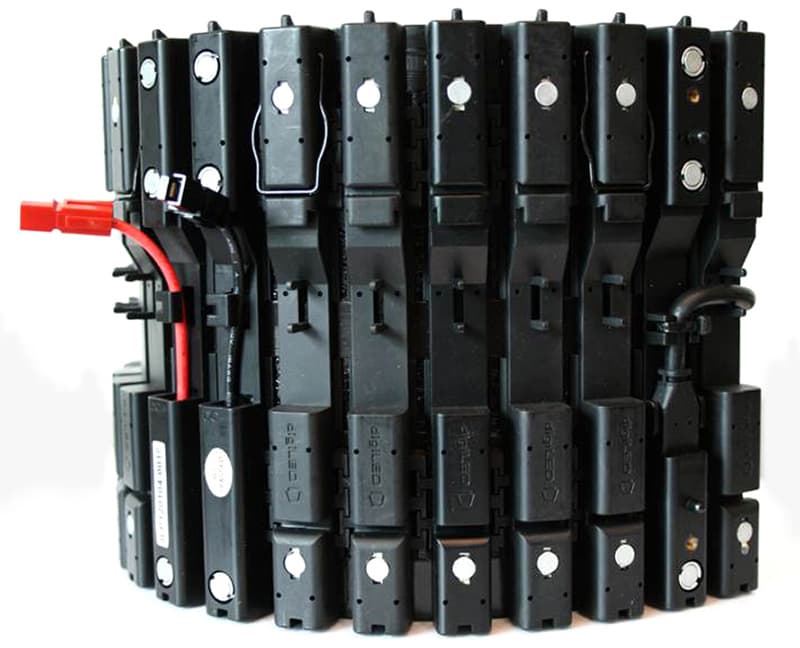

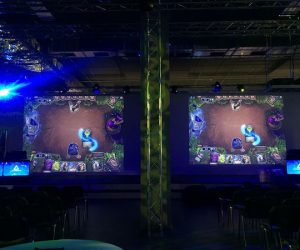
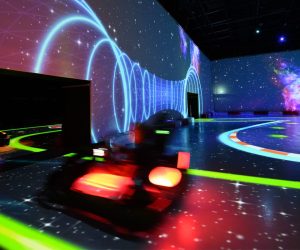

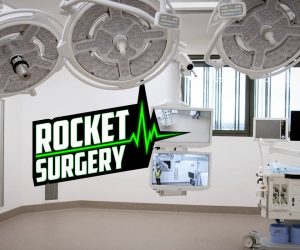
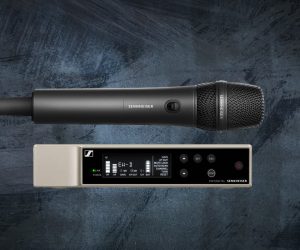
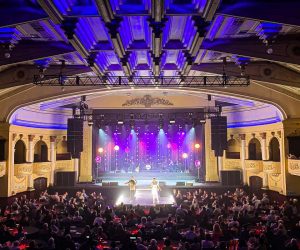

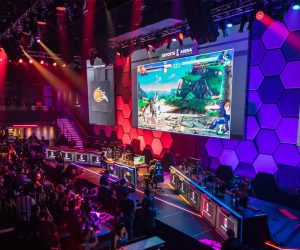
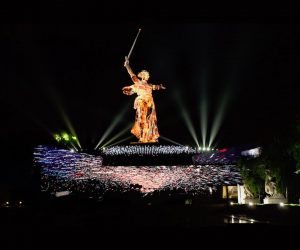
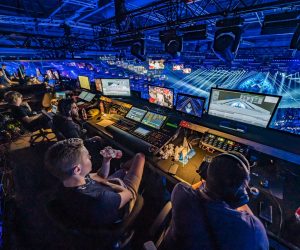
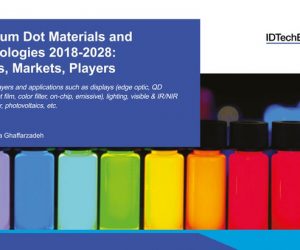
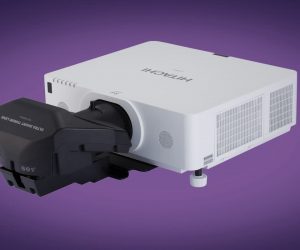


RESPONSES